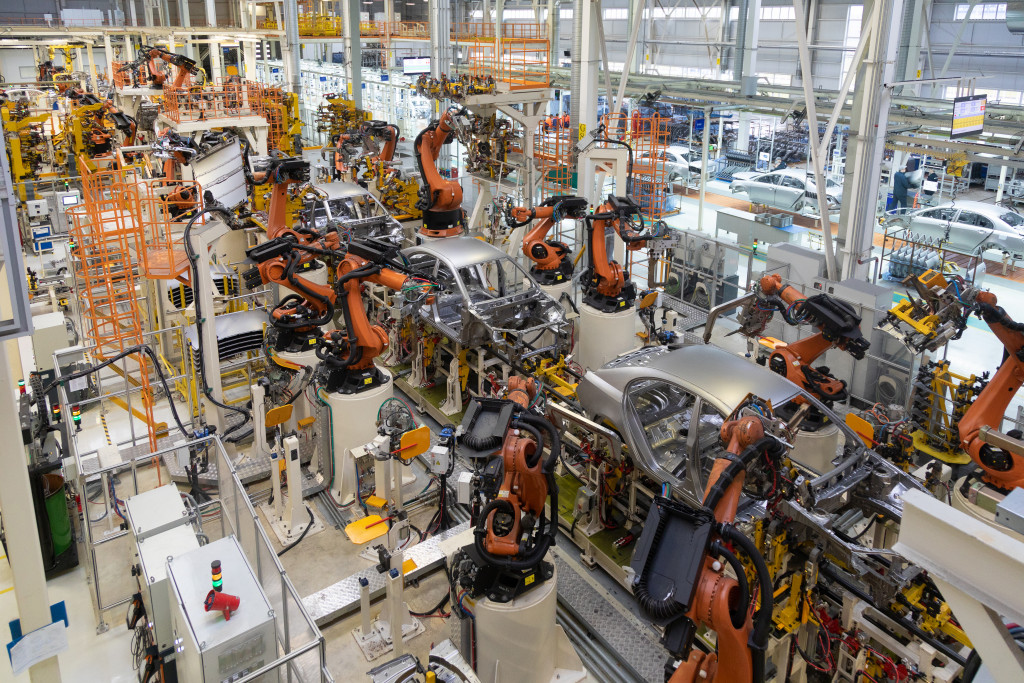When businesses went digital, speed became one of the areas of competition. In the digital world, advances are measured by an increase in speed. Internet service providers vie for the highest speed. Smartphone brands increase speed in every new model. Google now includes the speed of loading of webpages and speed of interactivity in its ranking measurements.
Consumers also expect speed from businesses. For instance, if you are a website developer, you will be receiving requests for proposals from would-be clients. You must assume that they are submitting this to other website developers, as well, and will compare responses.
The one with the swiftest response that contains all necessary information will have the best chance of getting the contract because it shows how efficiently the company works. To do so, you can use a website development RFP response software that automates the process. It can provide various templates containing basic information and enable your teams to quickly collaborate for their respective inputs customized per client request.
Hyperautomation: The Next Step
Automation has advanced further into hyperautomation. According to Bizagi, artificial intelligence (AI), machine learning (ML), and robotic process animation (RPA) were developed separately for different applications. Digital process automation was developed to automate workflows and their sub-processes. Hyperautomation combines digital process automation with AI, ML, and RPA at speed. By further automating existing automation, it becomes a holistic process that quickly produces outcomes. According to Forbes, hyperautomation needs an exceptionally low level of human intervention.
Automation Anywhere describes the different processes involved in hyperautomation. AI discovers the needed processes and creates bots automatically to perform these tasks. This step increases the speed of automation by up to five times. The data gathered by bots go through automated analytics, producing insights that make sense of the data and make predictions.
Software RPA executes business processes free of errors, at the highest speed possible, round-the-clock. Processes can also scale up instantly with no need for additional human resources. Bots process documents using ML, optical character recognition (OCR), computer vision, and fuzzy logic to capture and classify information. Other technologies used in hyperautomation include decision management, natural language processing (NLP), and intelligent business process management (IBPM).
Hyperautomation enables the creation of a digital workforce and a digital twin of the organization (DTO). This brings to light previously unknown processes and inaccessible information, presenting further opportunities for automation. The business processes progress at high speed from beginning to end.

Hyperautomation in the World
Forbes states that there will be an estimated 35 billion devices worldwide connected to the internet by December 2021. Businesses are using technology to collect data on consumers and consumer behavior and use them to serve consumers what they want. The massive amount of data the world is producing and the need to process this makes hyperautomation essential.
Forbes marvels at how hyperautomation can capture and act instantly on high volumes of data constantly changing and with a multitude of details. It sets as an example the autonomous driving and advanced driver-assisted systems of a Tesla car. It has a software system that combines inputs from cameras, sensors, AI, and other technologies to detect everything in the immediate environment that can affect driving.
It can detect more than a human driver can and process all these inputs into instant action to enable safe driving. With the Internet of Things (IoT) and hyperautomation, this level of service can be available to the wider public at an affordable rate in the future.
Hyperautomation in Business
Forbes highlights that with hyperautomation, businesses can be more efficient, make better decisions fast, and get products to the market quicker at lower cost and with higher profit. As the digital workforce takes on repetitive tasks, the emancipated human workforce can train for higher levels of skill to complement hyperautomation.
Training is crucial to enable the entire organization to transition and evolve toward the new business model. Employers and employees must work together to identify employee strengths and potentials and build on these for upskilling or reskilling. New job functions will appear, and employees must be prepared to fill these. It is an exciting time to discover new possibilities.
This jives with the sentiment of many workers who are among the millions who resigned from their jobs in the first half of the year. Many of them are looking for better salaries and benefits and career development and career growth. They want training, and some of them have already undertaken courses on their own. Businesses can provide them with this new career path and the training they need for it.

